If you’re heading to Indiana Dunes National Park and don’t know where to start, you’re in luck! This park is packed with things to do, whether you’re into hiking, beach lounging, or exploring history. But if you’re short on time or just need a little guidance, I’ve got you covered. From scenic hikes and sandy shores to historical sites that will transport you back in time, these top 5 activities are perfect for any visit. Whether you’re looking for outdoor adventures or something for the history buffs, this list has something for everyone. Let’s dive in!
About Indiana Dunes National Park
Indiana Dunes National Park is one of the newer national parks- and quickly becoming one of the most visited. When I visited here as a kid, it was a National Lakeshore, but in 2019 it was redesignated as a National Park! Indiana Dunes is in northwest Indiana on the shores of Lake Michigan. The main part of the park runs along the lake shore for about 20 miles, but there are a few outlying units as well.
The dunes were formed by a unique combination of geological processes over time. First, glaciers advancing and retreating shaped the landscape and deposited sand and rocks. The glaciers left behind lakes, including one that would become Lake Michigan as we know it today. Then, wind blowing across Lake Michigan shaped the dunes as it moved and deposited sand inland. Over time, plants grew up and the roots helped stabilize the dunes. The landscape of Indiana Dunes is continually changing as wind and erosion affect the dunes.
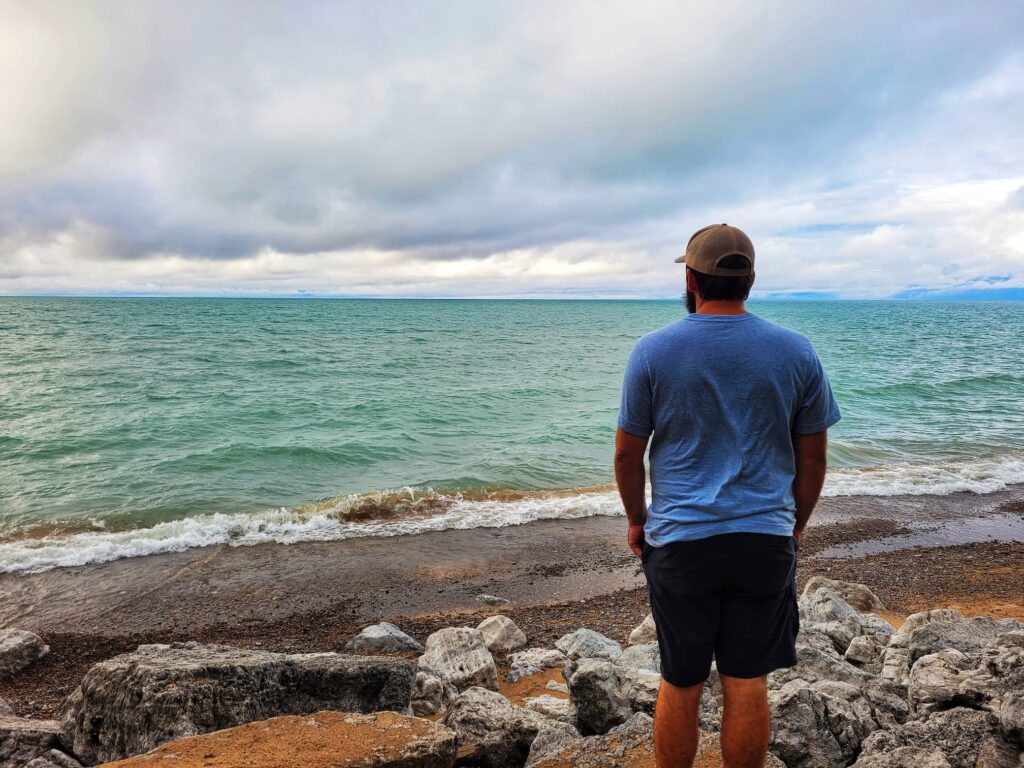
An important thing to make note of when planning your Indiana Dunes trip is the difference between the National and State Parks. Indiana Dunes State Park is surrounded by National Park land, but each has its own passes and fees. If you have enough time, it’s worth visiting both- and they each have a campground too. We were in the area for a couple weeks and were able to do everything we wanted in the state park in one day, so we only needed to buy a day pass.
First Stop- Indiana Dunes Visitor Center
1215 IN-49, Porter, IN 46304
Open 8am-6pm daily
Your first stop for visiting Indiana Dunes National Park is the visitor. This visitor center is shared by the National Park Service, Indiana Dunes State Park, and the local tourism board- so there is lots of information and helpful folks here! There is a small exhibit room, park film, and of course plenty of maps and brochures to pick up.
1. Diana of the Dunes Dare
Park at West Beach parking lot
0.8 mile loop trail
There are plenty of great hikes in Indiana Dunes National Park, but one of the must-do ones is the Diana of the Dunes Dare on the Dune Succession Trail. If you complete the dare, you can pick up a free sticker at the visitor center too! The trailhead is located right off the parking lot at West Beach and is just under a mile long. You’ll go up and down a few different dunes- partly walking on the dunes themselves and partly walking on boardwalks/stairs. The trail also takes you through the beach- perfect for cooling off afterwards!
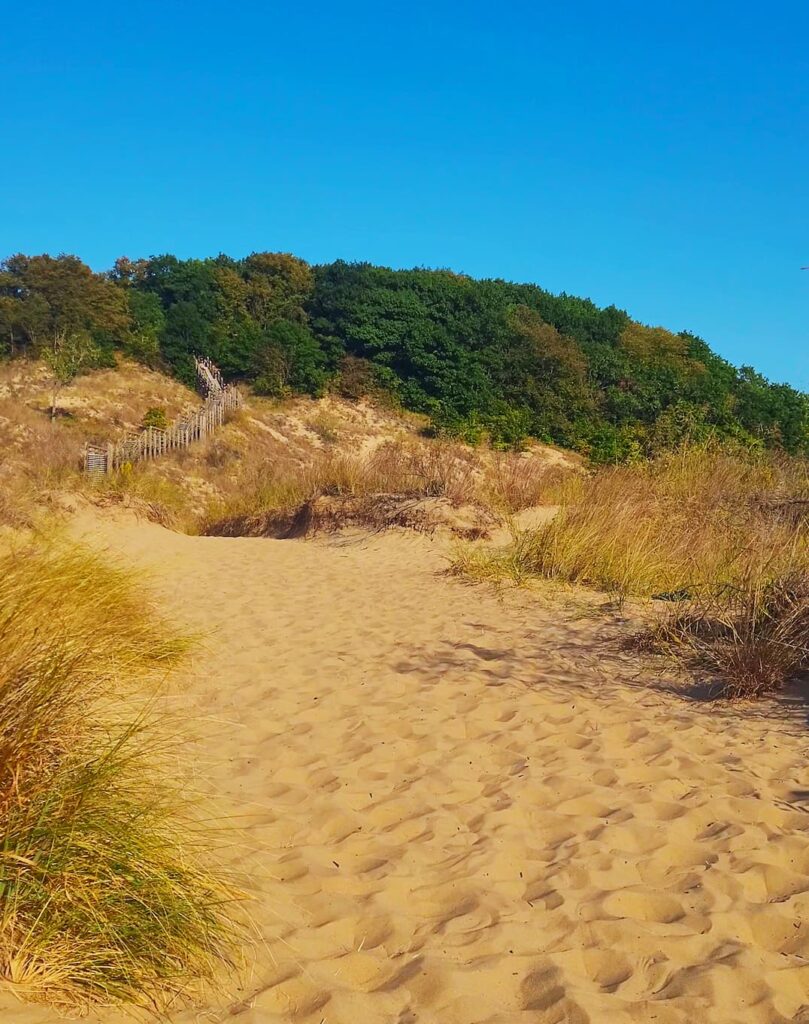
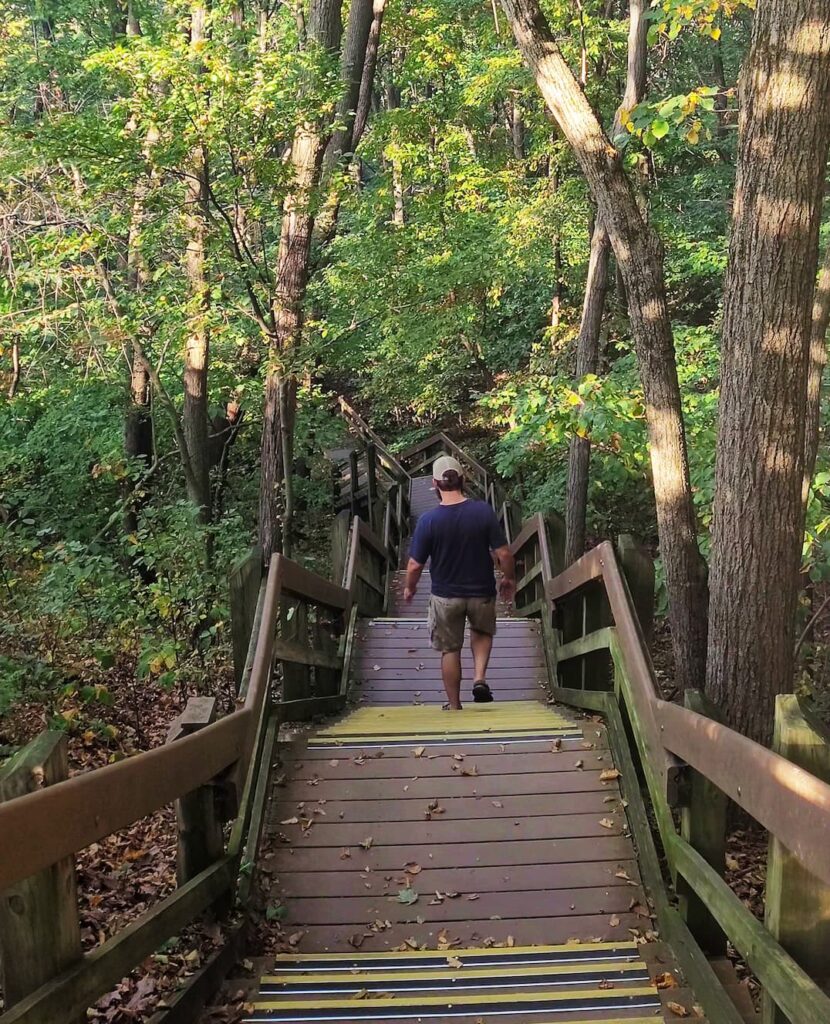
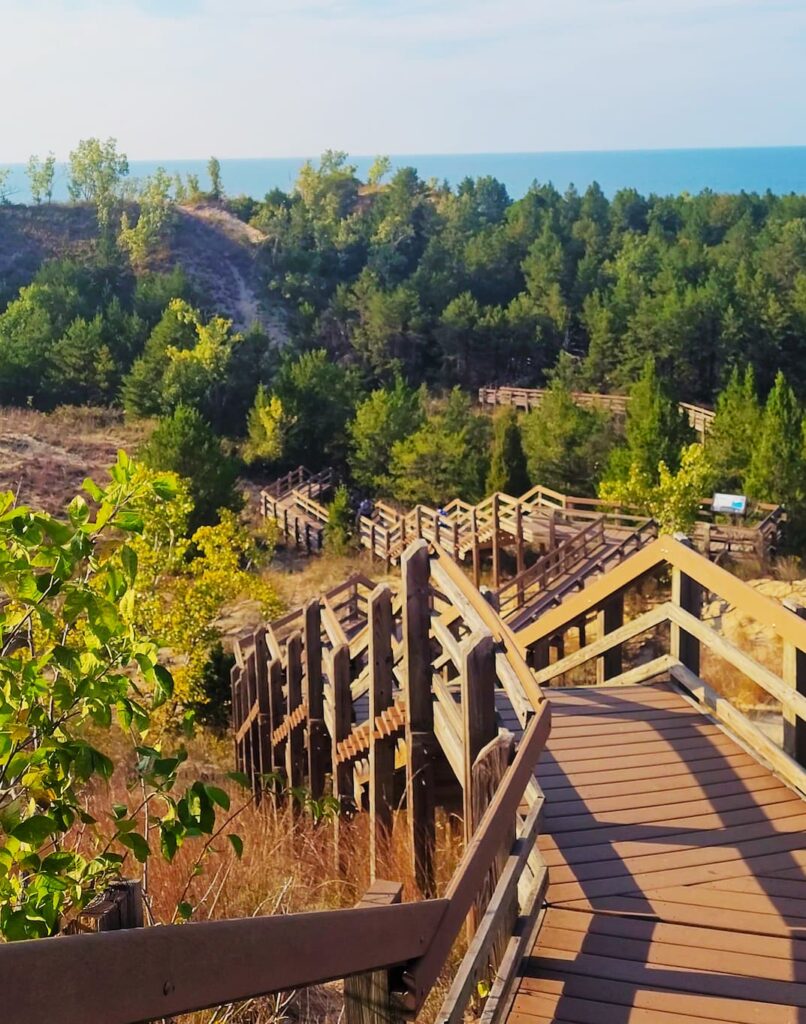
Along the hike, there are interpretive signs about both dune succession and Diana of the Dunes. Diana was a woman who’s real name was Alice Mabel Gray. In the early 1900s, she eschewed tradition and left her life in Chicago to live in a beach shack in the dunes. She was known to wear pants and spent much of her time exploring the natural area. She became well-known in the area and was nicknamed Diana after the Roman goddess. Over time Diana became almost a mythical character herself.
Once you’re midway through the hike, it’s easier to block out the modern development and picture the dunes as they were when Diana lived here. We don’t think it would be a bad place to live either!
If you’re going to be hiking at Indiana Dunes National Park, you’ll want to be prepared with offline trail maps- and the best way to do that is with AllTrails+ With our referral link, you can get a 7-day free trail!*
2. Pinhook Bog
Park at Pinhook Bog Trailhead
Bog Trail 0.9 miles
Upland Trail 2.1 miles
Pinhook Bog is a real treasure of Indiana Dunes National Park. This area is a National Natural Landmark and located not far from the main beach area of the park. The Bog Trail itself is only accessible on ranger-led hikes and is behind a locked gate- but if you’re visiting the park you really should plan ahead to catch one of the guided hikes! The Bog Trail is just under a mile total out-and-back from the parking lot. The first 0.3 miles is a walk through the woods and then there is a 0.13 mile boardwalk through the bog itself.
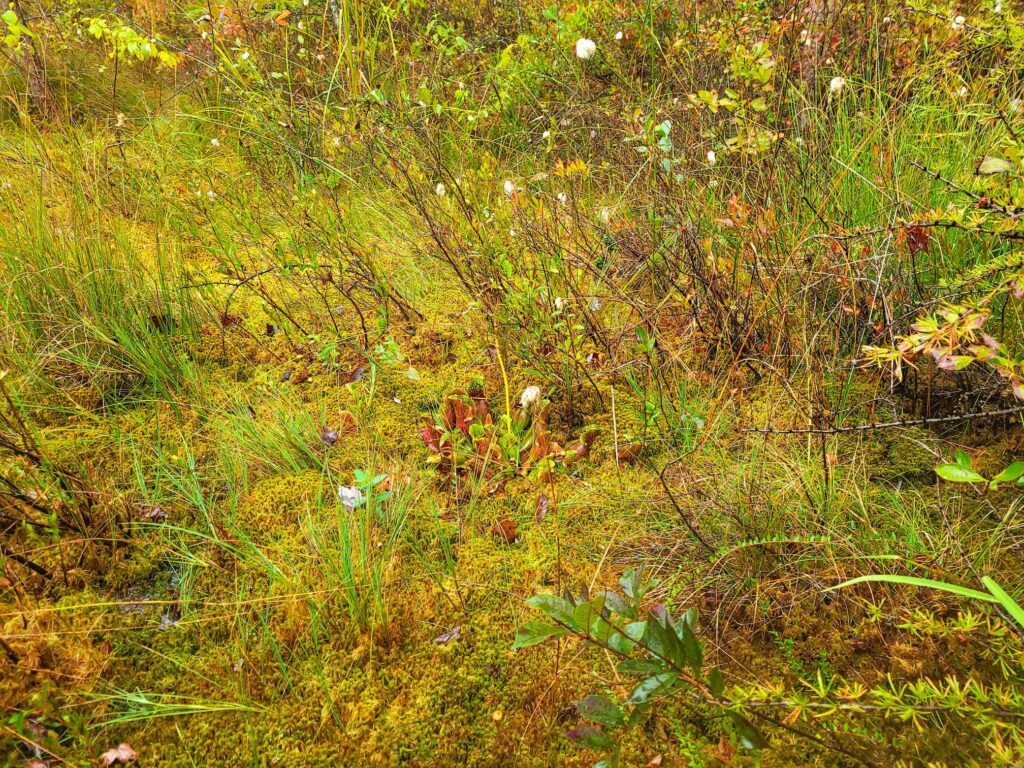
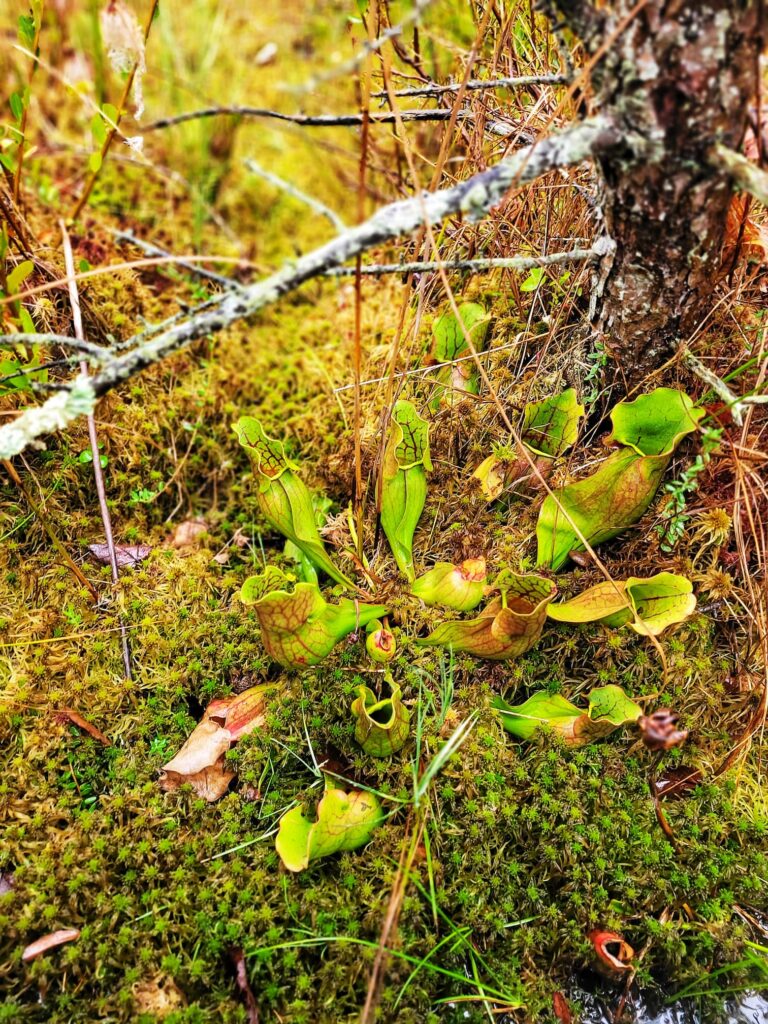
Pinhook Bog is a super unique quaking bog. The bog was created when ice broke off a melting glacier and created a depression in the moraine. It started as a kettle lake and then over time the water became more acidic. This creates the perfect home for plants like sphagnum moss, orchids, ferns, and the most famous of all- the carnivorous plants!
On our hike through Pinhook Bog we saw lots of carnivorous purple pitcher plants- including some flowering ones. We also saw a few carnivorous sundew plants, but they were tiny. If you come earlier in the year, there are a few species of orchids that you’re likely to find.
3. Bailly Homestead and Chellberg Farm
Park at Bailly-Chellberg Lot
If you’re a history fan, you’ll definitely want to make time to visit the Chellberg and Bailly homesteads. These two sites share a parking lot, so you can visit both at once. We also recommend visiting the Bailly Cemetery, which is very unique!
Chellberg Farm
The Chellbergs were a family of Swedish immigrants that lived on the farm for three generations. The house on the property today was built in 1885 to replace an earlier frame house that was destroyed in a fire. You can explore the farm grounds anytime the park is open, but you should also try to catch one of the Open Houses to tour inside the house. Most Sundays there is an Open House and Farm Feeding event. We were able to catch one of the open houses. We were able to see the rooms of the main floor of the house and watch a costumed interpreter making applesauce in the kitchen. In the spring, Chellberg Farm hosts maple syrup events- and is the only national park that makes maple syrup!
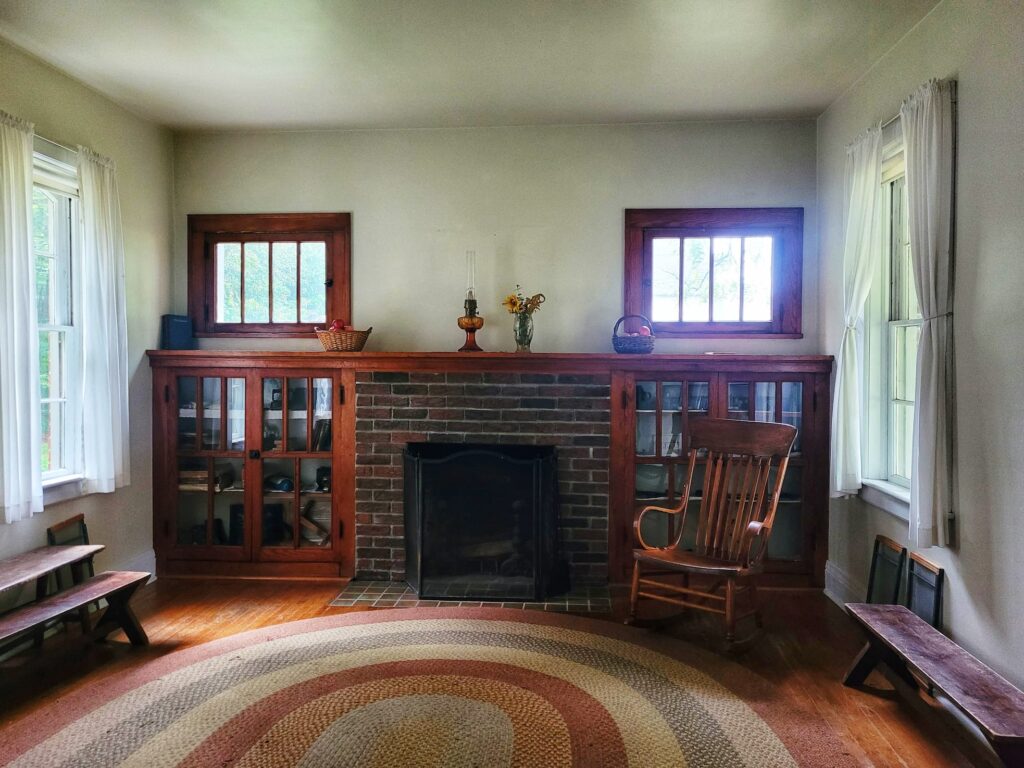
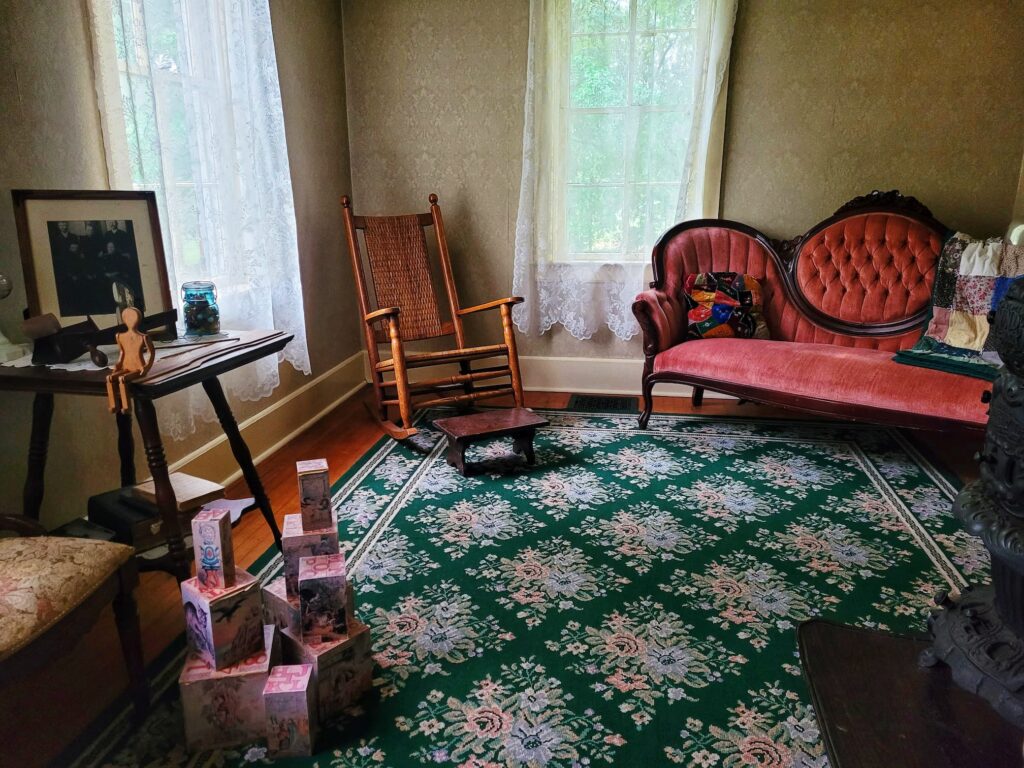
Bailly Homestead
The Bailly Homestead is a National Historic Landmark and was home to the first non-Native resident of Northwest Indiana. Joseph Bailly was a fur trader who set up a trading post that was popular with people traveling between Detroit and Chicago. The Bailly house is currently closed and undergoing a massive renovation project, but you can still walk around the grounds and look at the different buildings on the property and see the progress of the restoration.
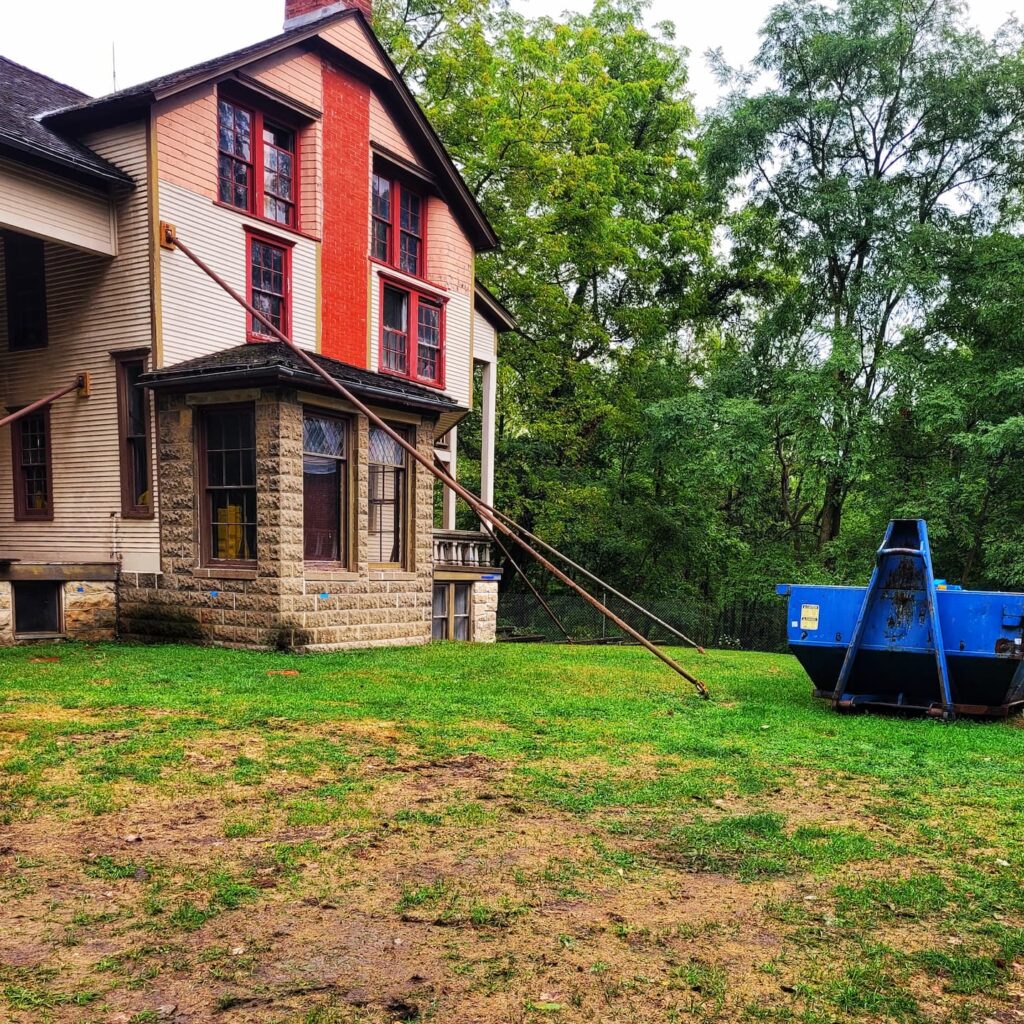
Bailly Cemetery
We had read on the NPS website that the Bailly Cemetery was unique, and we figured that just meant there were some interesting gravestones, but no- it really was unique! We go to a lot of cemeteries and this was definitely different. From the parking lot, go north on the trail, past the Chellberg Farm and across Oak Hill Road to reach the cemetery. From the parking lot, going straight to the cemetery it’s about 1.4 miles out and back.
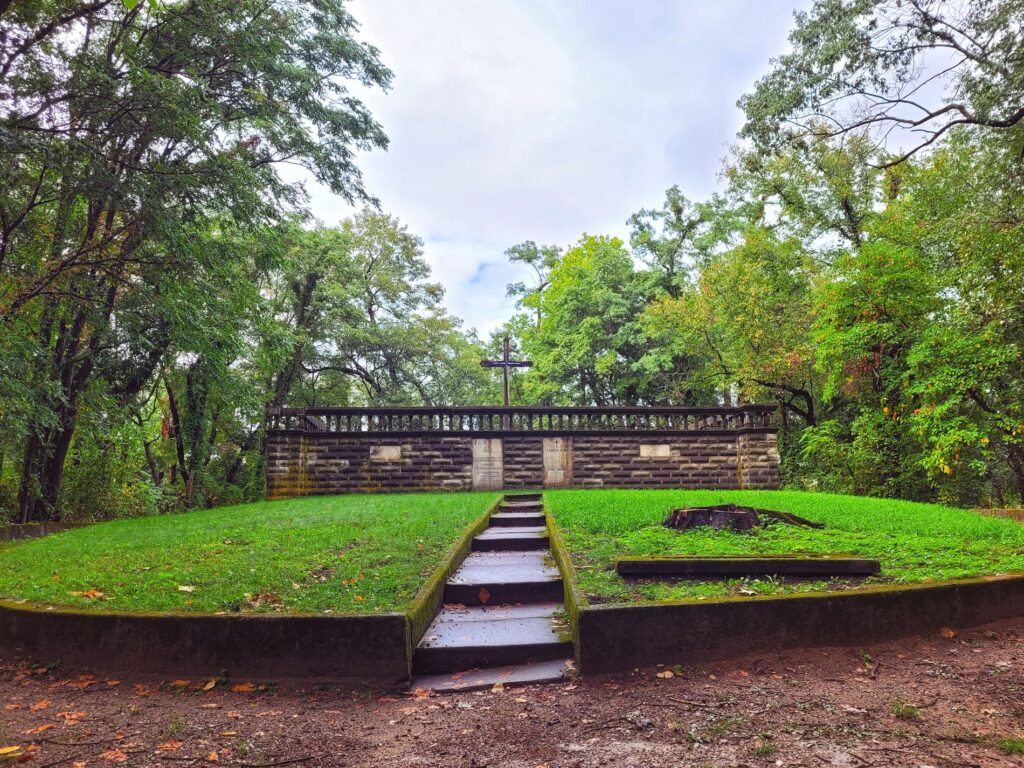
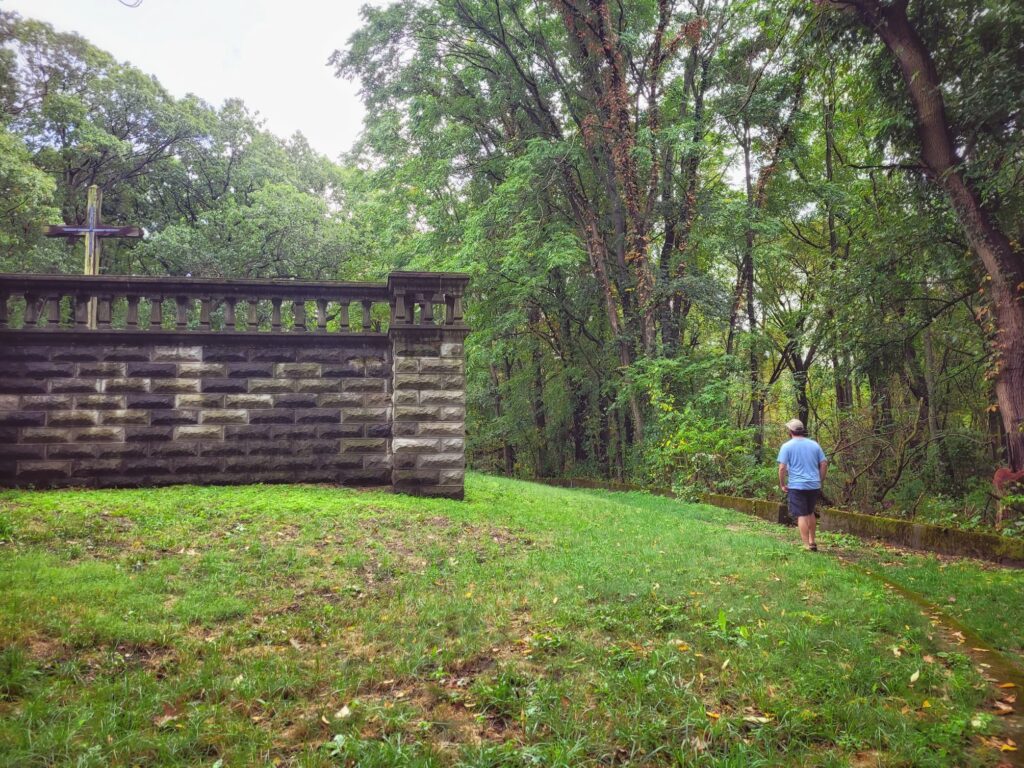
The cemetery as you’ll see it today isn’t actually how it originally looked. It was originally a more traditional family cemetery, but was also used by other neighboring residents. The first burial was Joseph Bailly’s son Robert in 1827, who was buried at the top of the hill with a large wooden cross. By the mid-1800s, the family tried to limit the burials to Bailly family members only and had a wooden fence constructed around the cemetery in 1867. A couple decades later, they had a six foot tall limestone wall built, with iron spikes at the top. Inside the walls were the graves as well as niches with stations of the cross and an altar. In 1914, the family again made changes and this time had a new concrete wall built around the old limestone one. The stairs you see today were built at this time, and the inside of the cemetery was filled with sand. Memorial plaques were moved outside and a concrete retaining wall and driveway were built. When you visit today, it is quite the sight in the middle of the woods. Only a couple of markers remain and are visible, but you can see areas around the main walls that were burial spots. We get the feeling that most people don’t make their way to the cemetery, but it’s totally worth it.
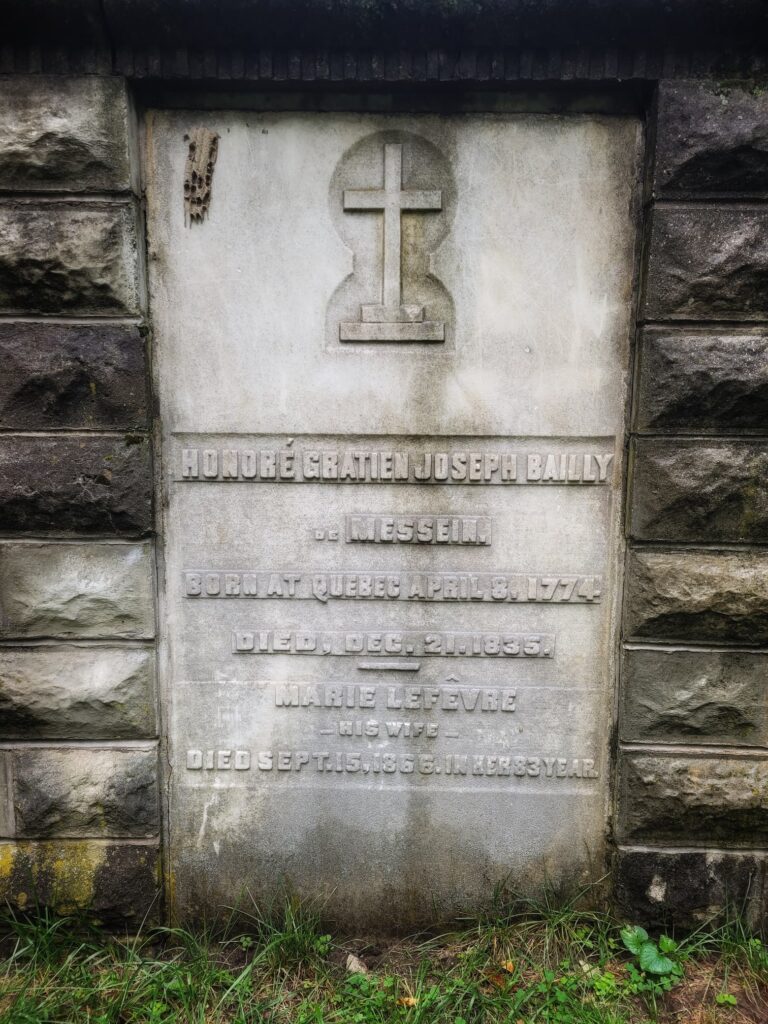
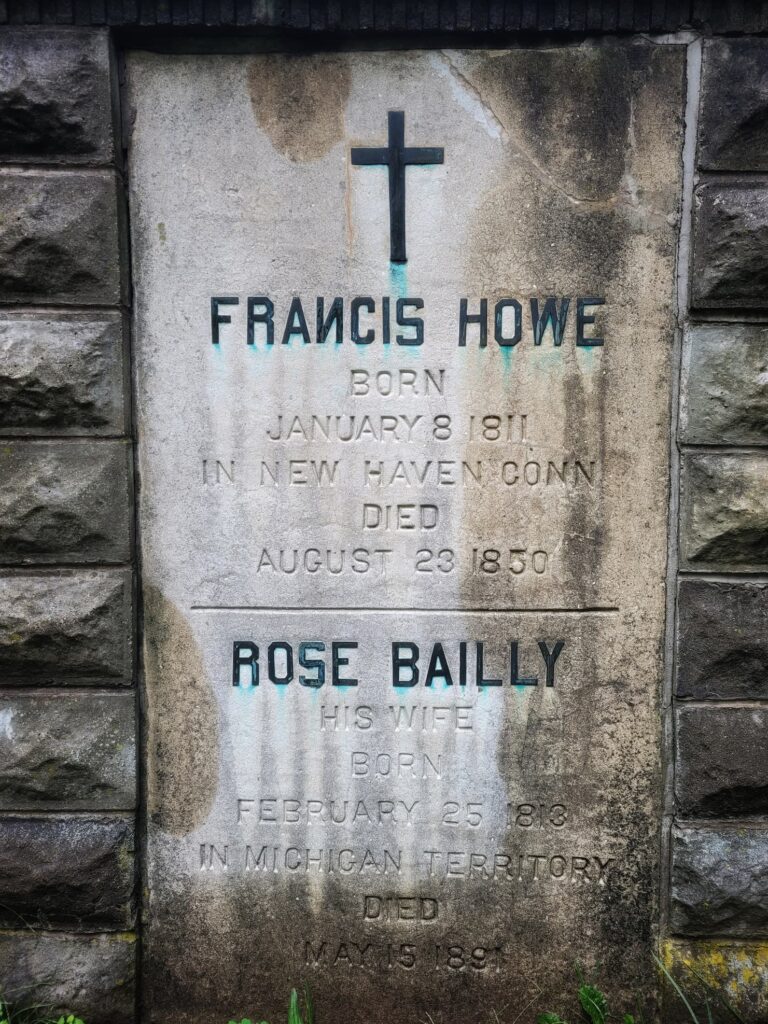
4. 1933 Chicago World’s Fair Century of Progress Homes
Park at Lake View Beach, Dunbar Beach, or Kemil Beach
From Lake View, Dunbar, or Kemil Beach you can walk past 5 unique homes from the 1933 World’s Fair. These houses were all built as part of the Century of Progress theme of the fair as ideas for what homes of the future could look like. They showcase a variety of materials and building styles and were built as fair exhibits- not actually to be lived in. After the fair, an Indiana developer bought the houses and had them moved by barge across Lake Michigan to Beverly Shores. The houses today are owned by the National Park Service, leased to Indiana Landmarks, and then subleased to individual residents. The residents pay a large sum for a long-term lease and then are also responsible for financing and carrying out restoration projects on the homes.
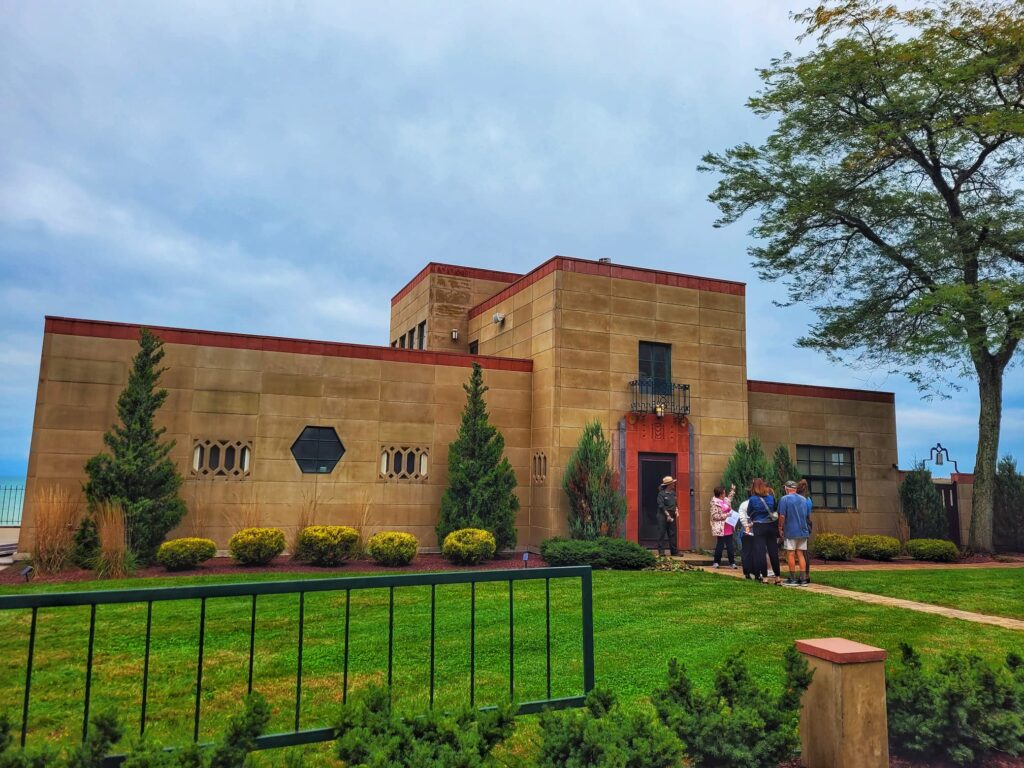
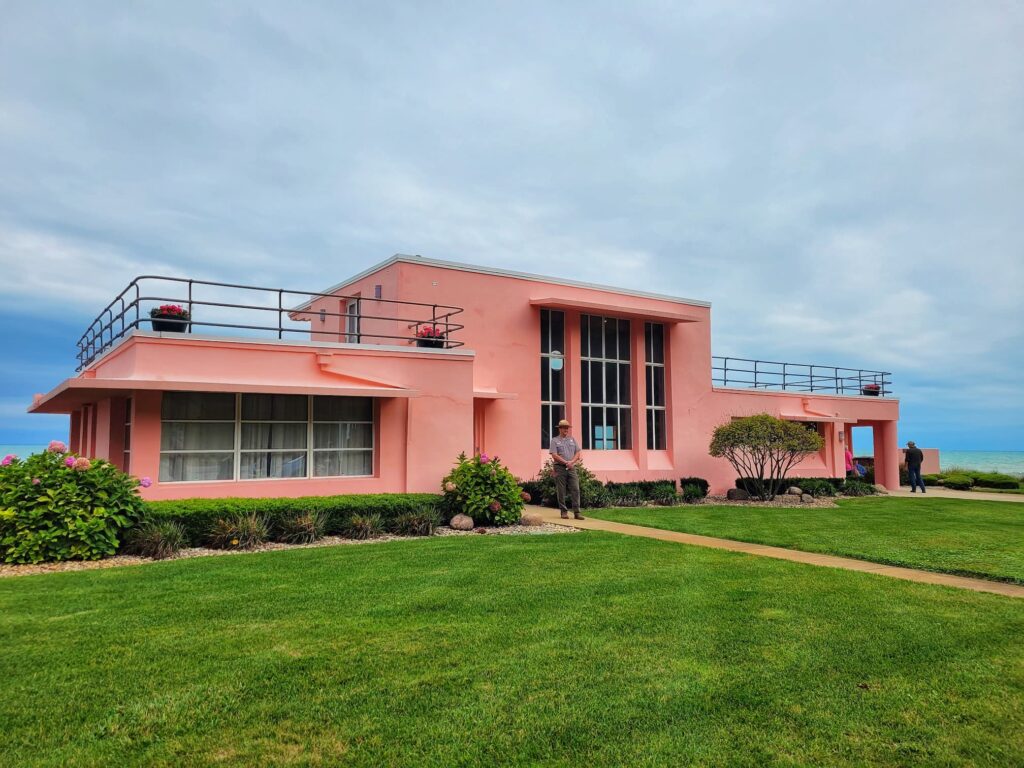
The 5 houses are the:
- Florida Tropical House- an iconic pink house designed by architect Robert Law Weed to bring the indoor and outdoor spaces together
- Wieboldt-Rosone House- framed in steel and originally clad with an experimental material called Rostone, which ended up not being as sturdy as they had hoped. Today most of the house is concrete stucco
- Armco Ferro House- built to meet the Fair’s criteria of “a house that could be mass produced and was affordable to the average American family.” The house was originally made of porcelain-enameled steel panels (the precursor to Lustron houses), but only a small section of the original panels still remains
- Cypress Log Cabin- which stands out for its simplicity. It was built to showcase cypress and during the Fair housed workshops with artisans making cypress products. Today cypress is a protected species, so they can only source materials after storms take out trees.
- House of Tomorrow- which still looks futuristic! The upper floors were glass walls, while the lower lever was built as a hangar for the airplanes we all own in the future. The House has been empty and without a renter for a while, so Indiana Landmarks is currently doing the restoration.
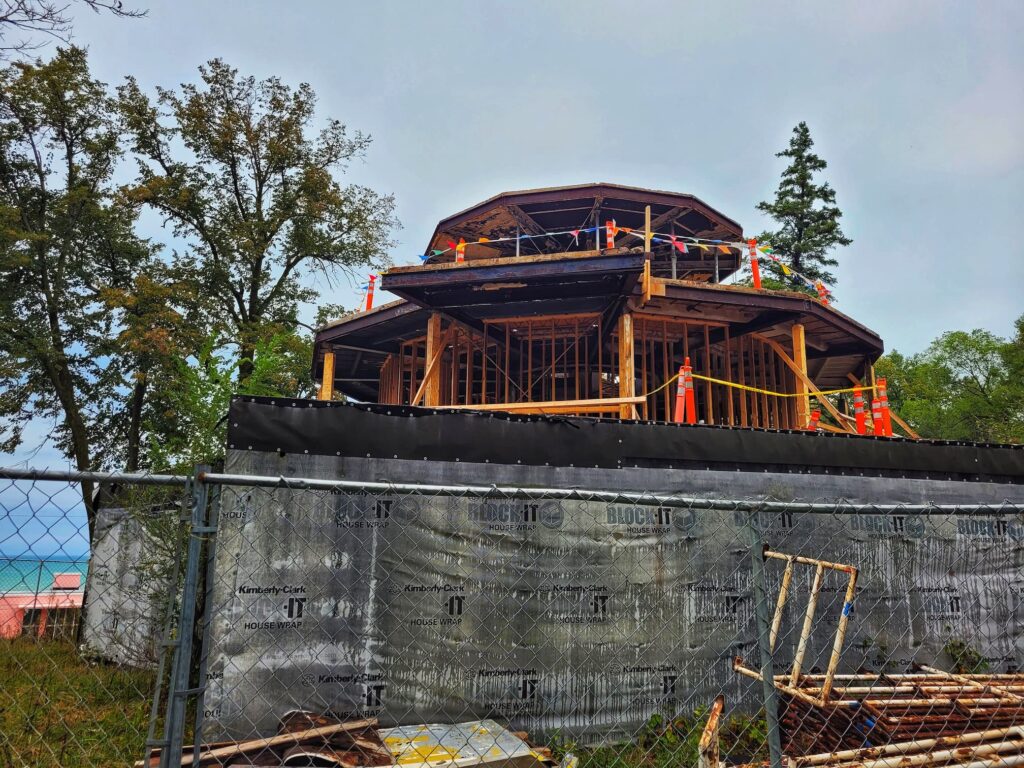
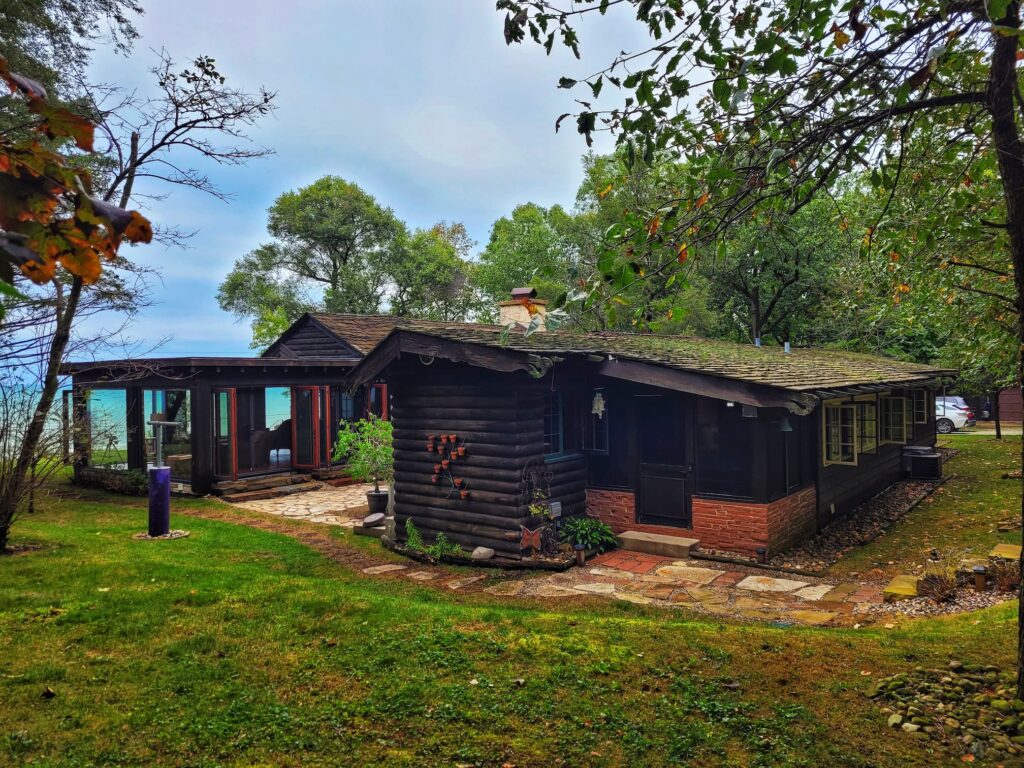
Once a year Indiana Landmarks offers a tour of the interior of the Century of Progress Homes. This is definitely a bucket list event! We knew tickets sold out fast, but weren’t sure how fast they meant. I got up early on the day ticket sales went live and was waiting at the computer. By the time I was done checking out, it was almost all sold out. Definitely add this to your calendar ahead of time- the tour is usually the last weekend of September and tickets go on sale in early August. Touring inside the homes was such a unique and interesting experience, and the event itself is super well organized. We even got to meet some of the residents of the homes and talk to them about the projects they’ve done and what it’s like restoring these unique properties. We were asked not to take pictures inside the homes, so I can’t show you the interiors- but trust me, it’s worth it!
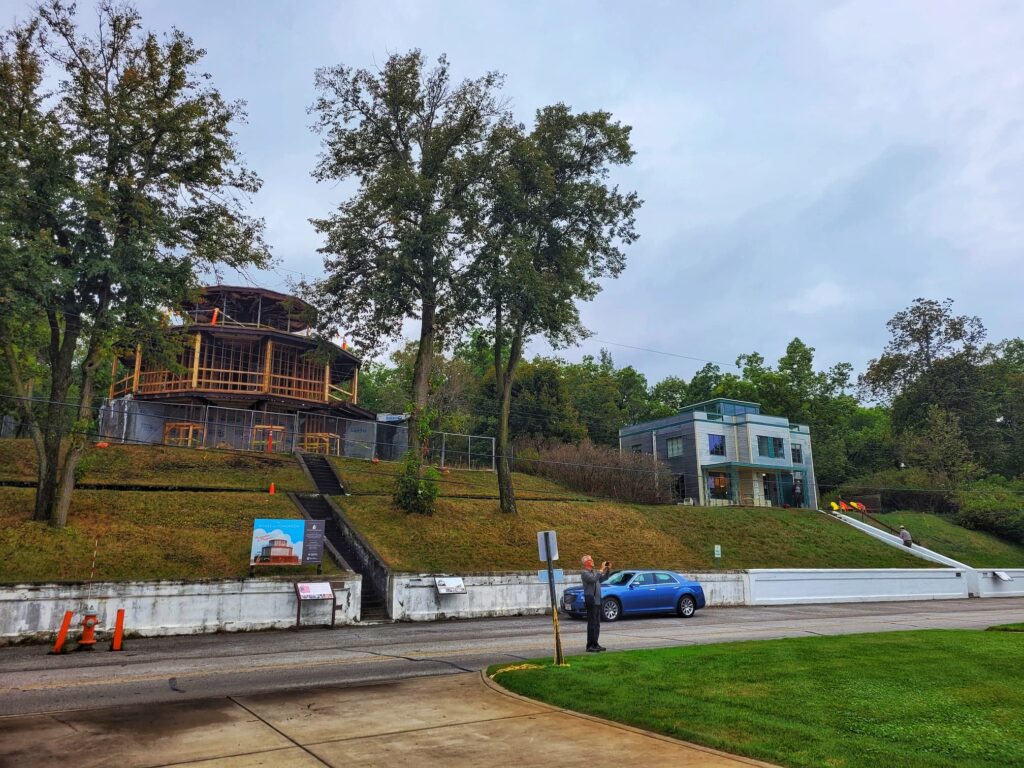
5. Beaches of Indiana Dunes National Park
It seems obvious, but if you’re visiting Indiana Dunes National Park, you’ll definitely need to visit some of the beaches! There are over 15 miles of beaches to choose from, each with its own unique sites and character. If you’ve never been to Lake Michigan before, you’ll be amazed at how nice the beaches are. The horizon stretches as far as you can see, and it can really feel like you’re on the ocean.
West Beach
- Lifeguards on duty Memorial Day to Labor Day
- No pets on the beach
- Largest parking lot of all the beaches
- 8 reservable picnic shelters
Portage Lakefront and Riverwalk Beach
- No lifeguard
- Leashed pets allowed
- Indoor pavillion w/ concession stand
- Accessible boardwalk
- Small beach area
Porter Beach
- Very popular beach
- No lifeguard
- Leashed pets allowed
Kemil Beach
- Small parking lot
- No lifeguard
- Leashed pets allowed
- Beach & parking lot open 24 hours a day- great spot for night sky watching!
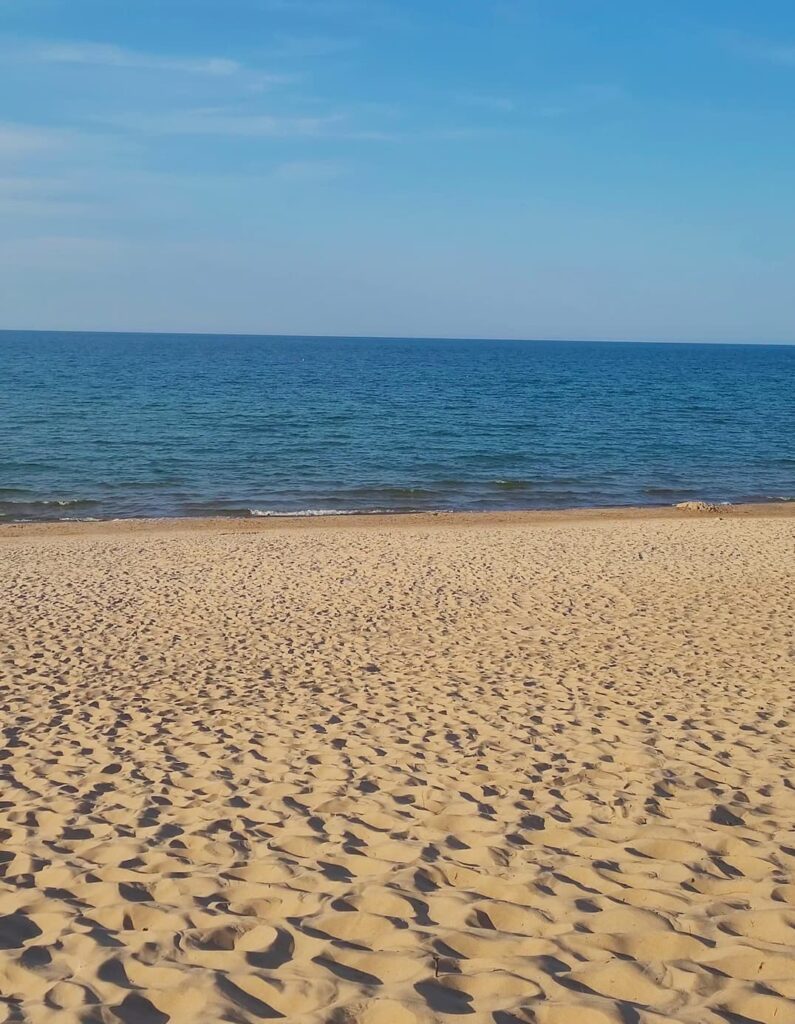
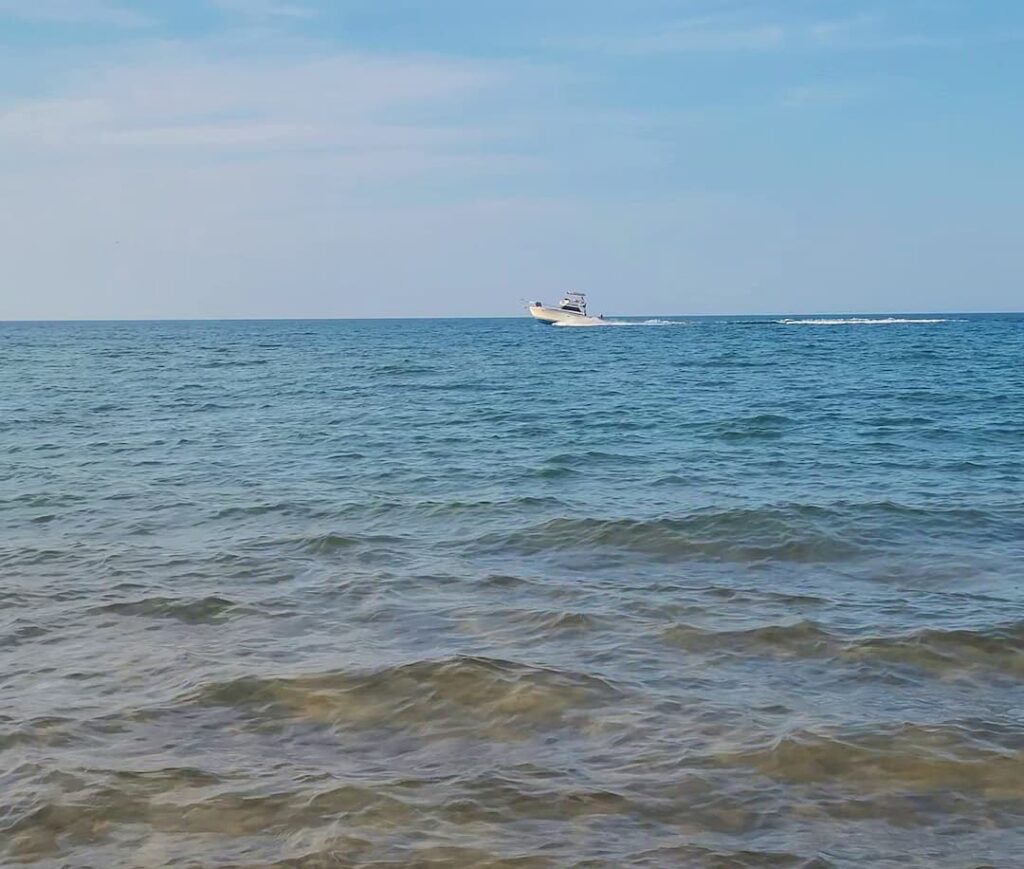
Dunbar Beach
- No lifeguard
- Small parking lot
- Leashed pets allowed
- Right next to Kemil Beach
Lake View Beach
- Only 15 parking spots
- No lifeguard
- Accessible picnic area
- Leashed pets allowed
Central Avenue Beach
- Picnic area
- Small parking lot
- No lifeguard
- Leashed pets allowed
Mount Baldy Beach
- No lifeguard
- Leashed pets allowed
- Short hike from parking lot to beach
- See the largest living dune in the park- Mount Baldy moves inland several feet each year. Mount Baldy is currently closed except on ranger-led hikes
If you choose to go swimming, be aware that Lake Michigan can have dangerous rip currents and read up on how to safely escape them. On all beaches, it is illegal to remove any plants, rocks, or shells since it’s federal property.
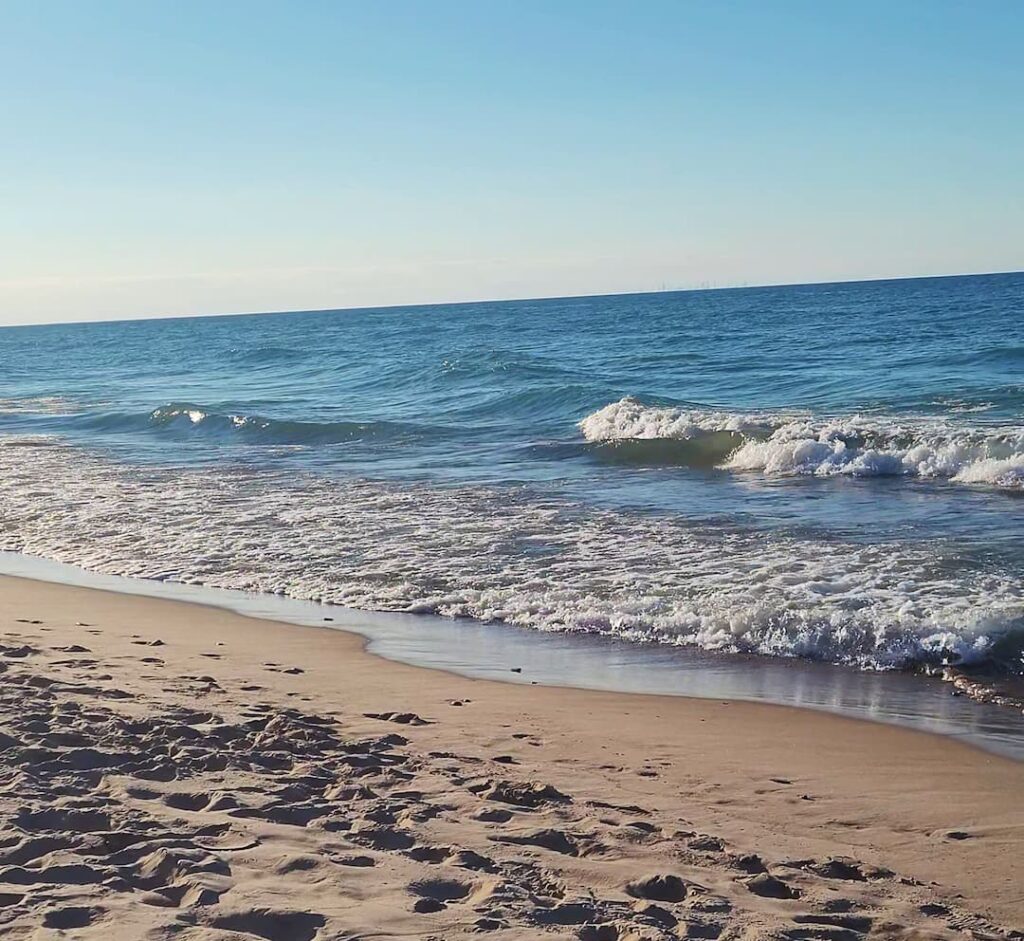
*We are AllTrails & Bookshop.org affiliates, which means that if you click on one of our links and make a purchase, we may receive a small commission.
More Indiana Dunes
Indiana Dunes State Park
If you’re spending more than a day at Indiana Dunes, it’s worth also visiting the state park. Besides the beach, the most popular thing to do is the 3 Dune Challenge. This trail takes you on top of three of the bigger dunes in the park- and you can earn another sticker too!
What to Do Near Indiana Dunes National Park
We also have a guide to 10 things to do near Indiana Dunes. These activities throughout the surrounding counties include museums, history, gardens, and more! Check it out here: Explore More: 10 Hidden Gems Near Indiana Dunes National Park
Camping Near Indiana Dunes
Indiana Dunes National and State Parks both have campgrounds- but they fill up fast. If you’re looking for an alternative, or just looking for full hook-up camping in the area, check out our campground guide to Full Hook-Up Camping Near Indiana Dunes: Sand Creek Campground Guide & Review


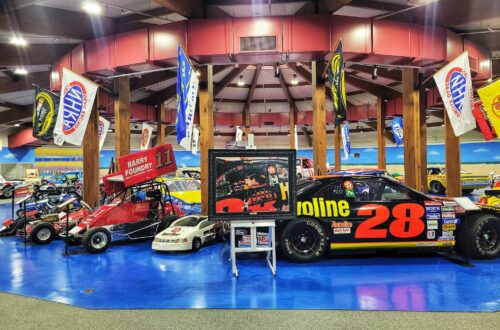
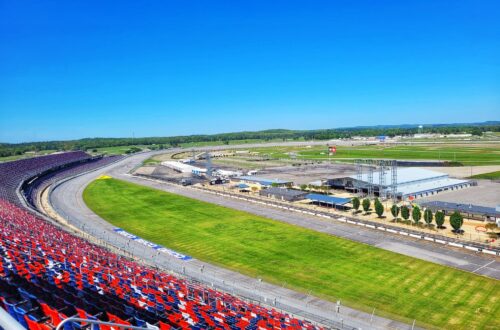
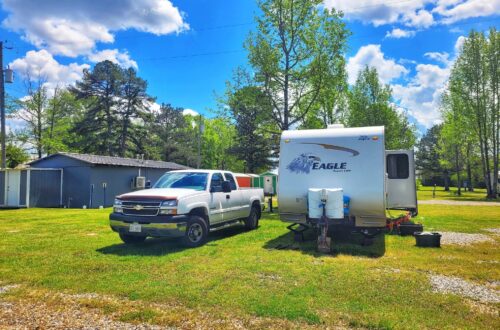
3 Comments on “5 Unforgettable Experiences You’ll Love at Indiana Dunes National Park”
Comments are closed.